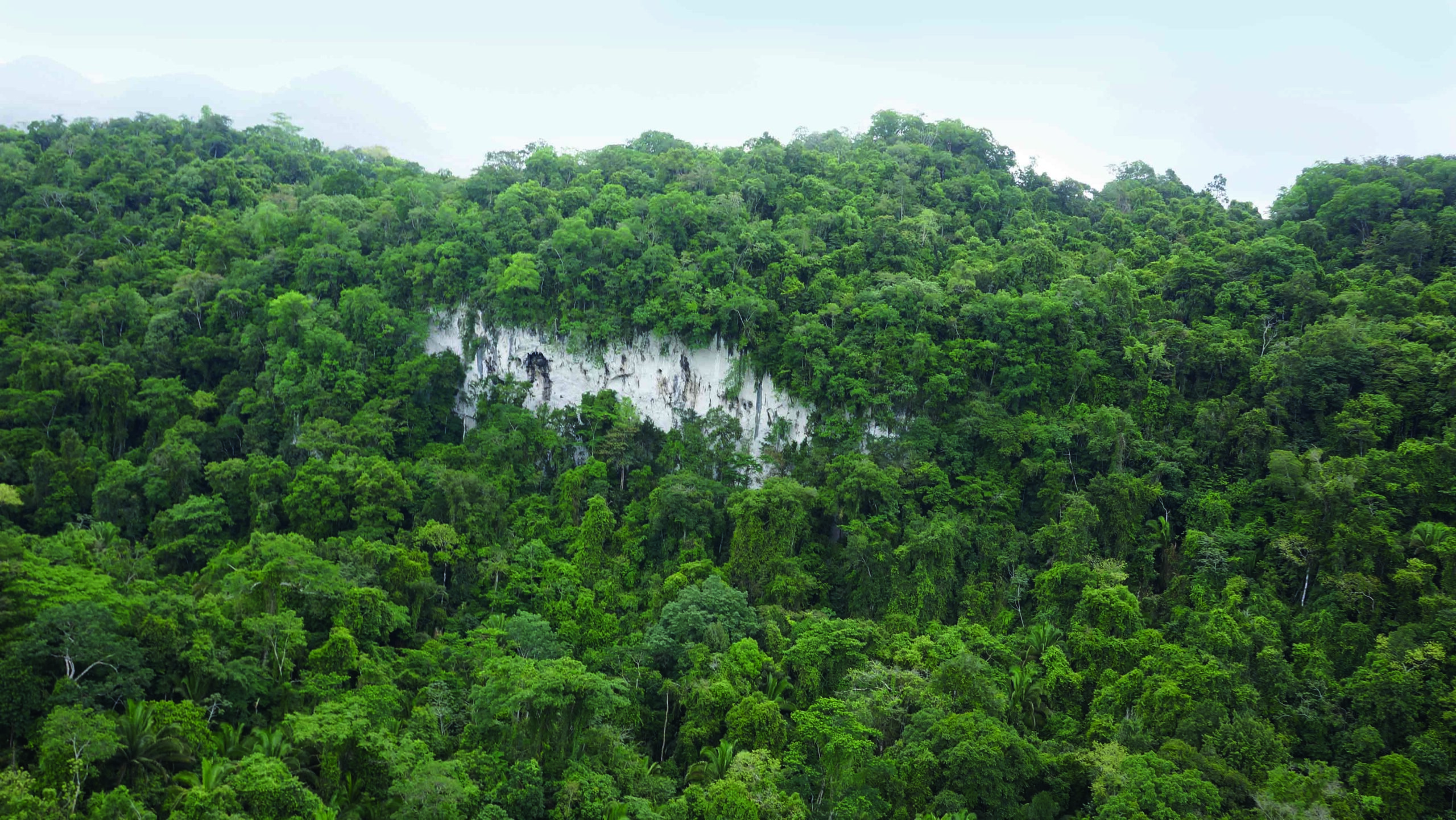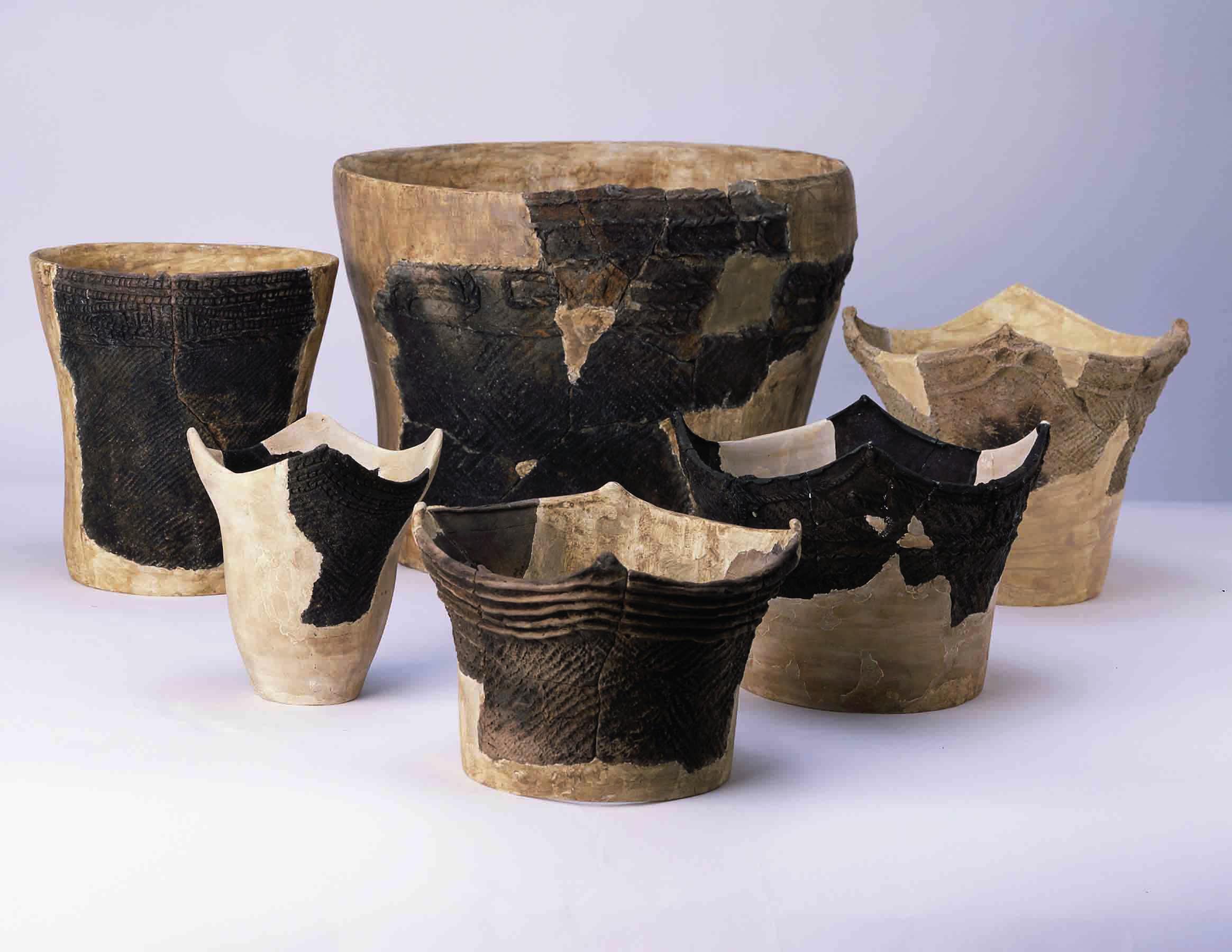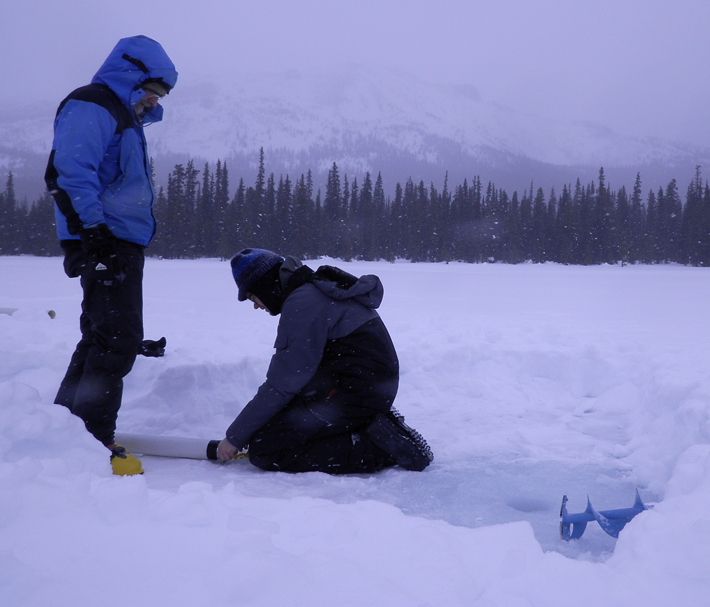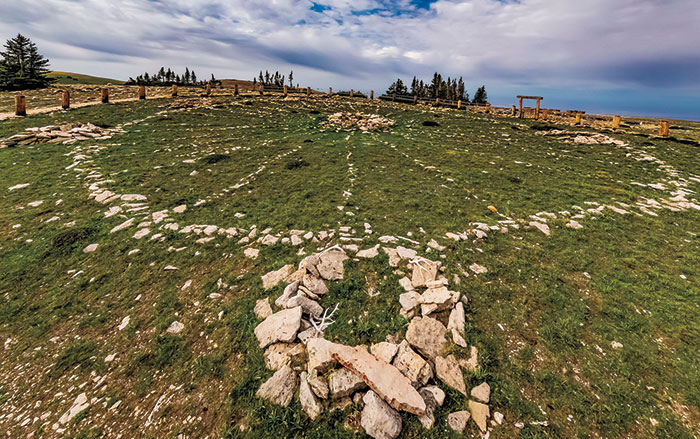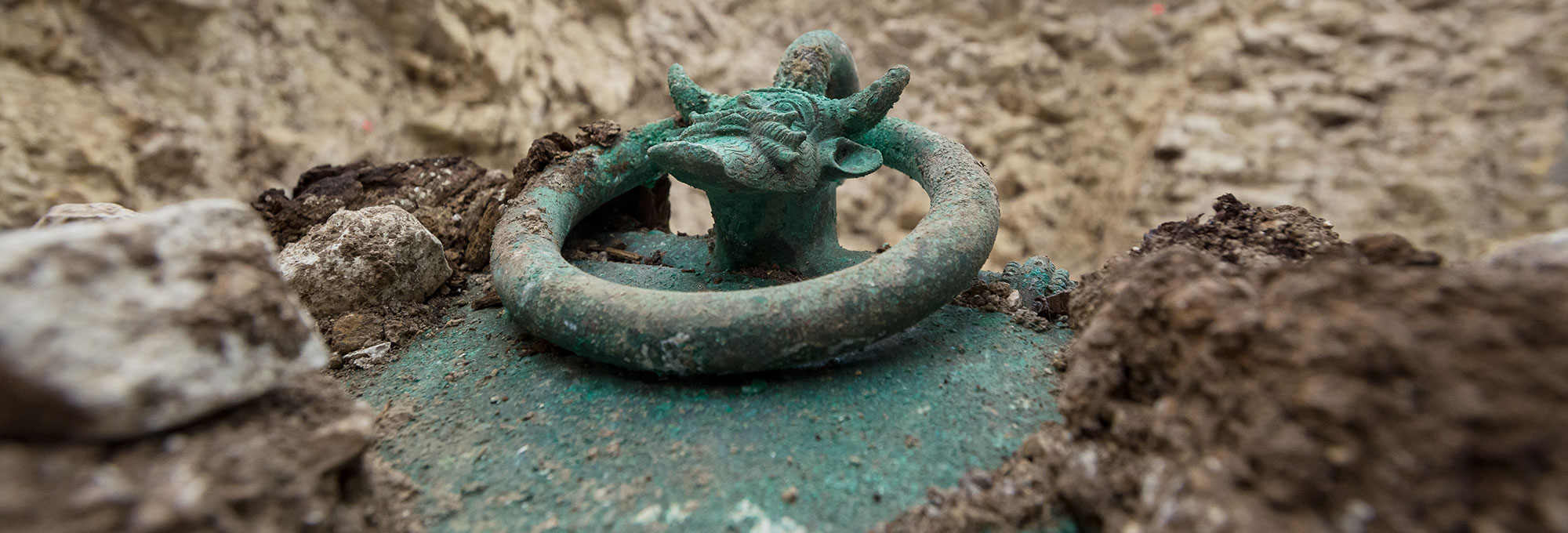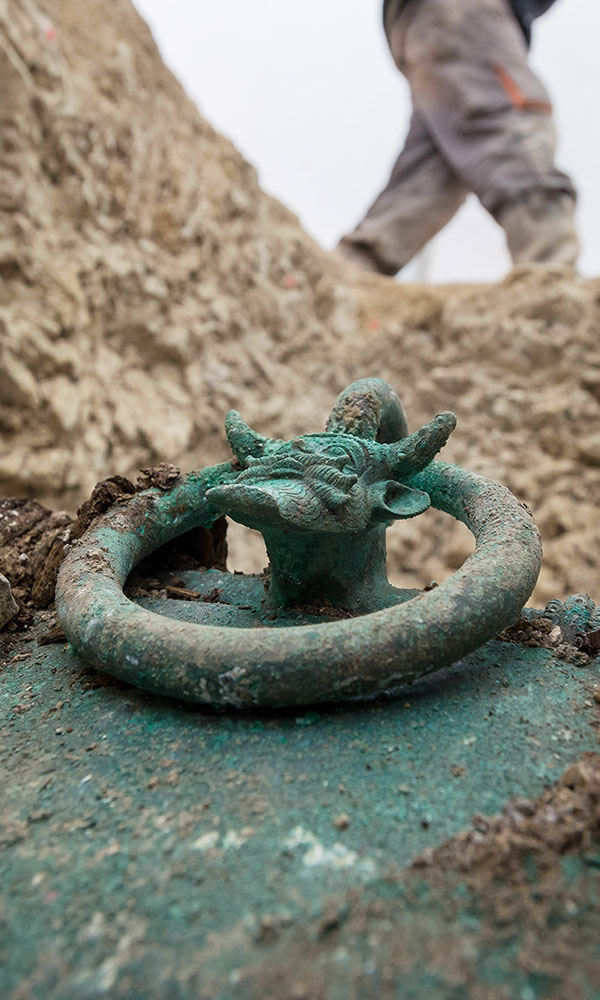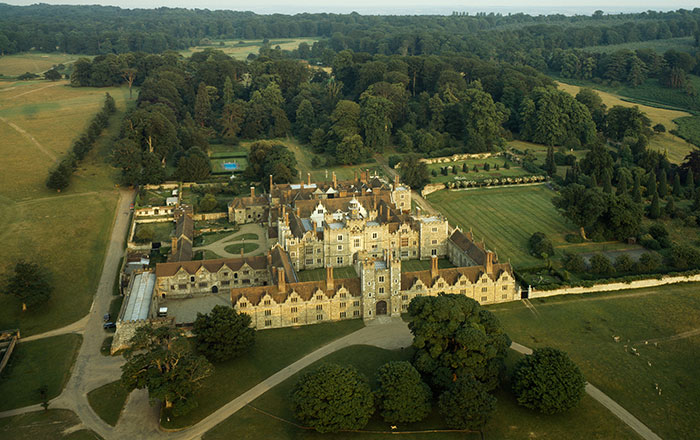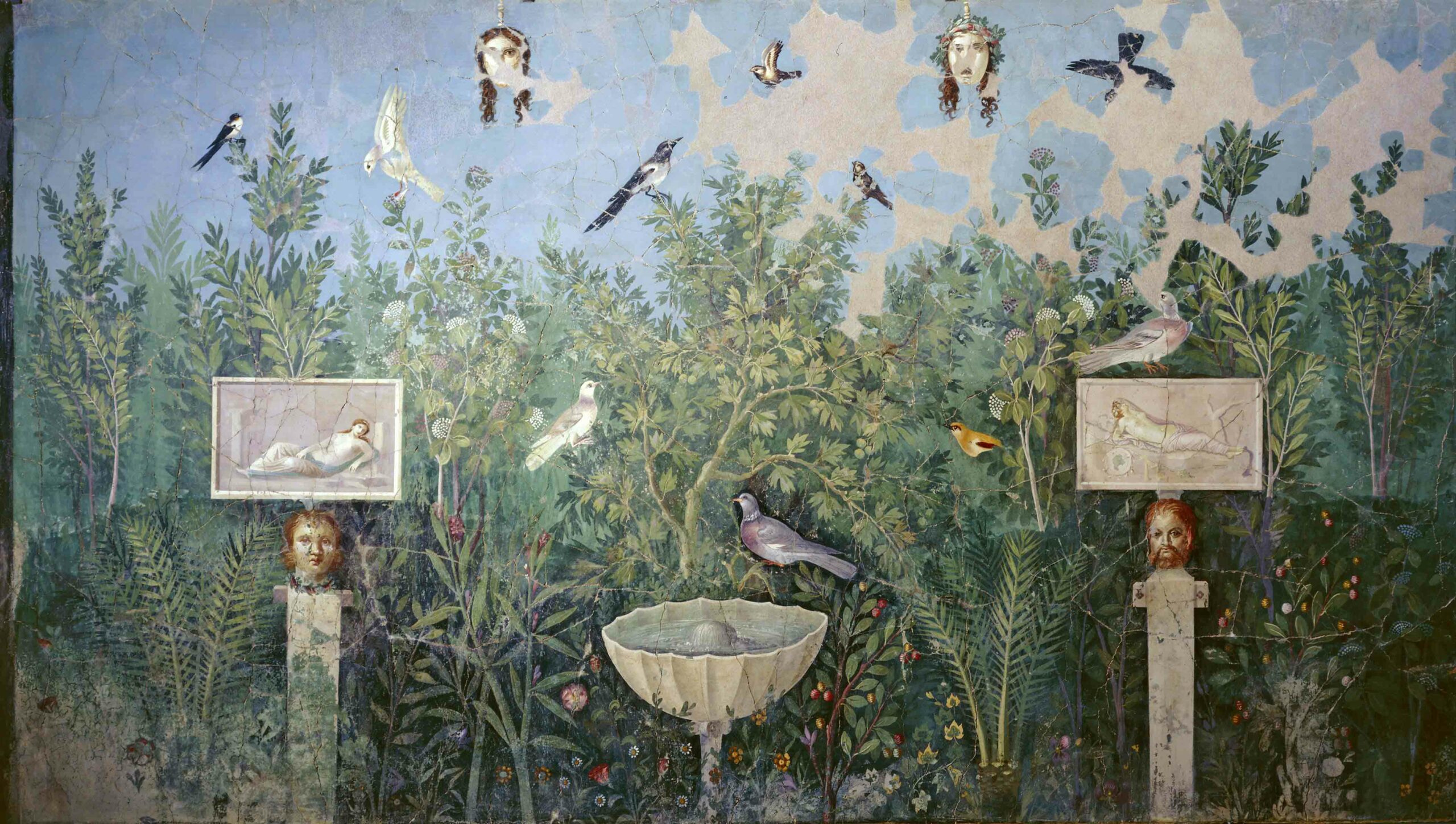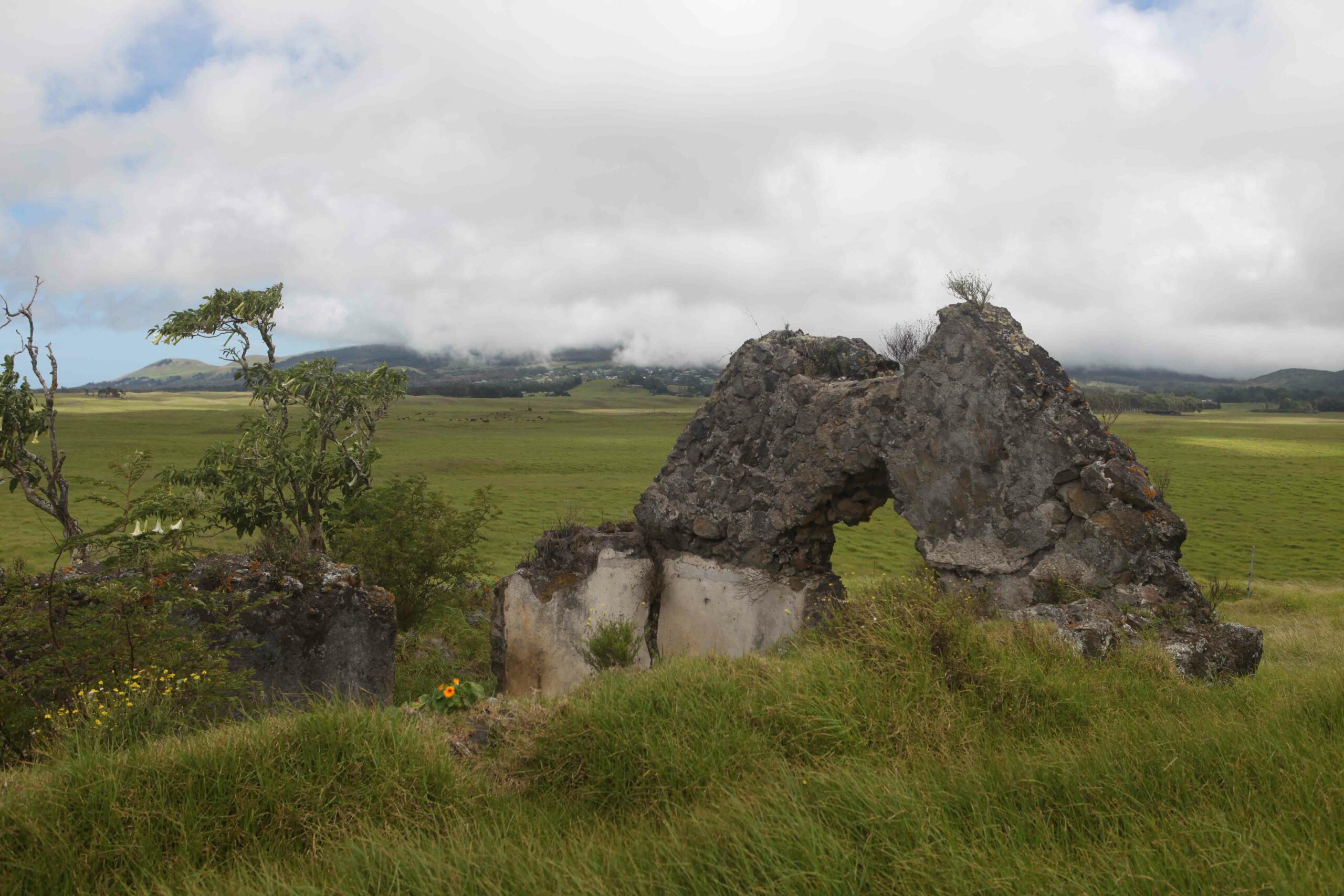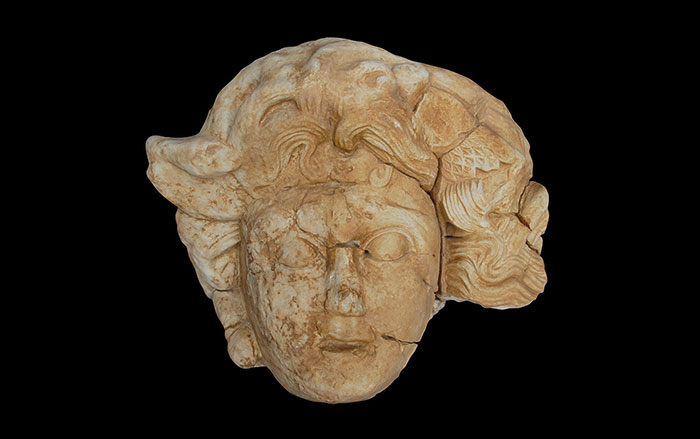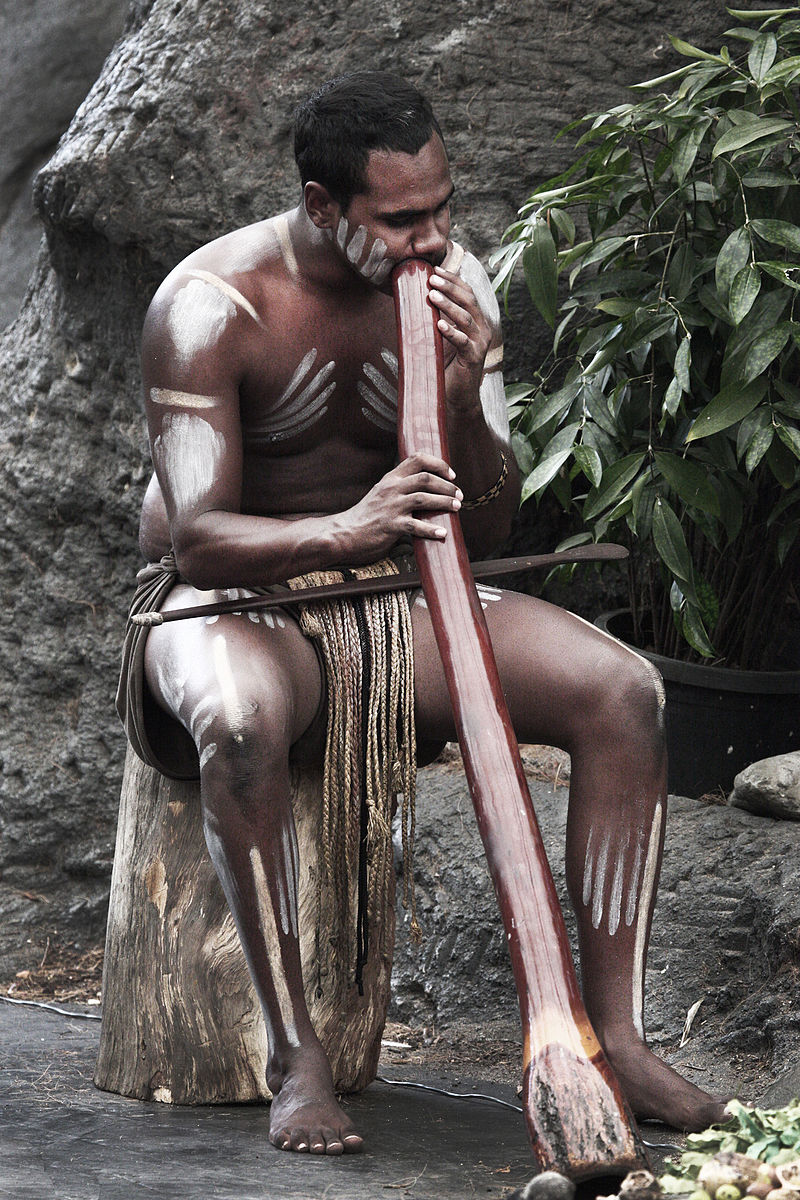
CAMBRIDGESHIRE, ENGLAND—A team of scientists made up of researchers from the Wellcome Trust Sanger Institute and La Trobe University sequenced the Y-chromosomes of 13 Aboriginal Australian men, and found that their genetic history dates back some 50,000 years, to the time of the arrival of the first humans on the continent. It had been suggested by a previous genetic study that another wave of people arrived in Australia from India between four and five thousand years ago, at a time when changes in stone tool use have been noted in the archaeological record. Dingos are also thought to have arrived in Australia some 5,000 years ago. “The data show that Aboriginal Australian Y-chromosomes are very distinct from Indian ones. These results refute the previous Y-chromosome study, thus excluding this part of the puzzle as providing evidence for a prehistoric migration from India. Instead, the results are in agreement with the archaeological record about when people arrived in this part of the world,” Anders Bergstrom of the Wellcome Trust Sanger Institute said in a press release. To see examples of prehistoric Aboriginal art, go to "The Rock Art of Malarrak."


